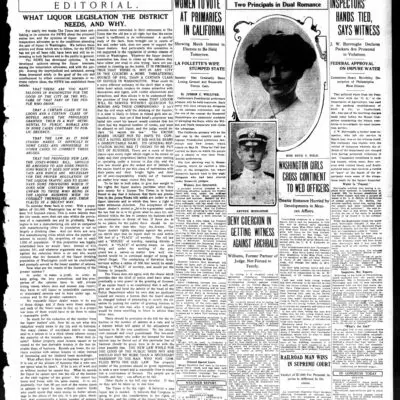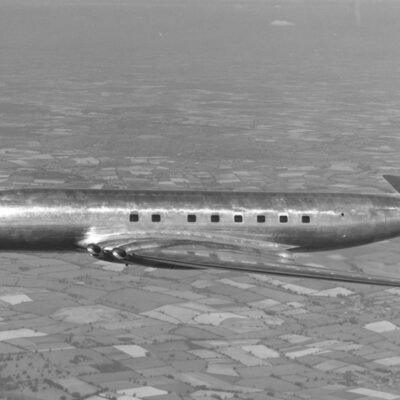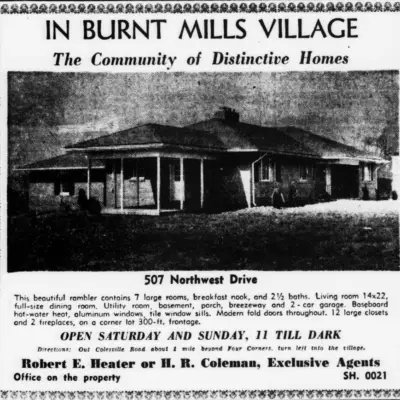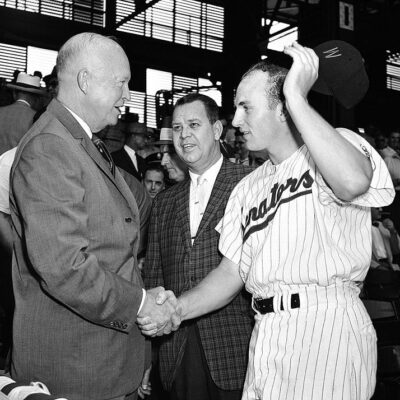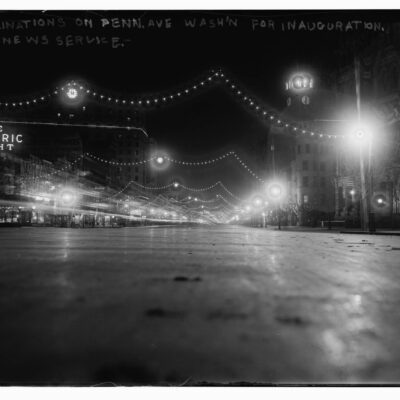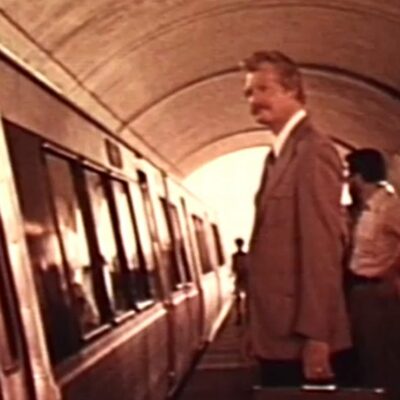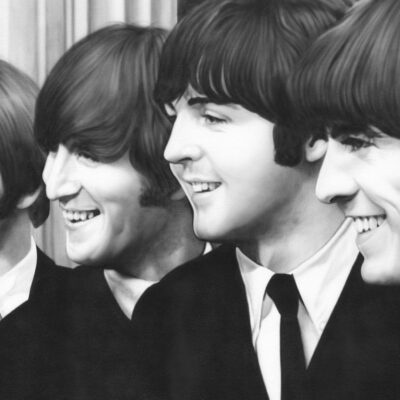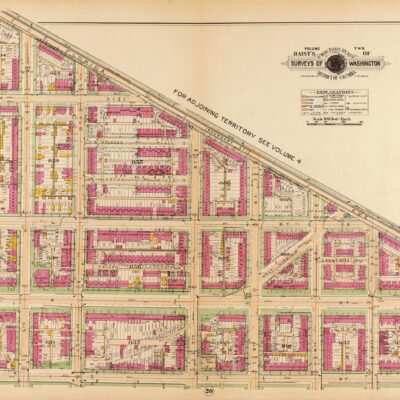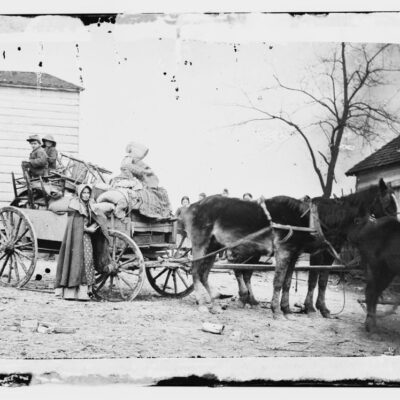We love old predictions of the future like this. This was an article from The Washington Post printed on December 18th, 1953, the day after the 50th anniversary of their first flight at Kitty Hawk in 1903. (They also flew at Fort Myer, where they experienced the first death due to an air accident in history.)
Below is a photo of the De Havilland Comet, the most advanced aircraft available in 1953.
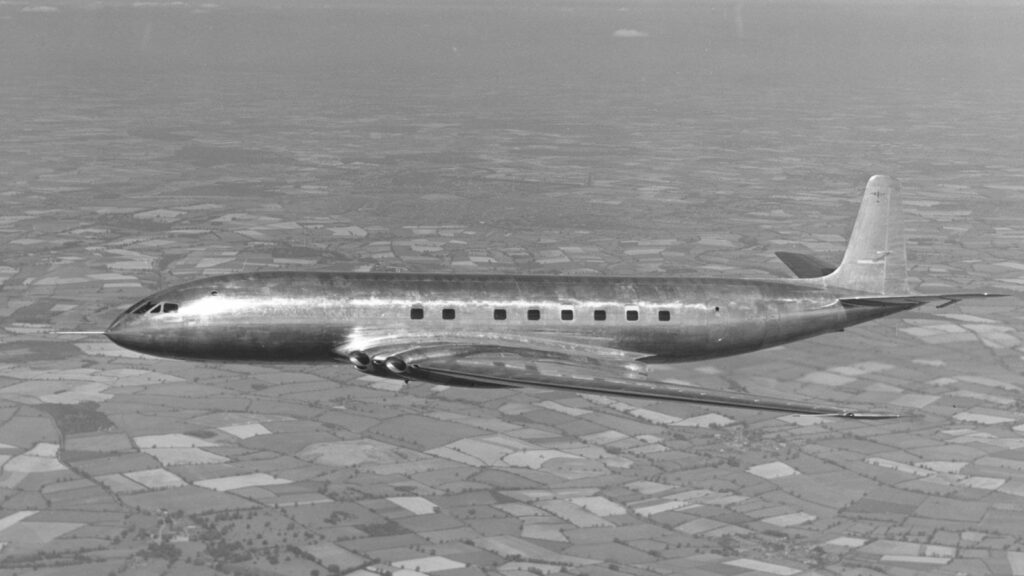
Nearly 2,000 attendees were present at the Statler Hotel (i.e., today’s Capital Hilton on 16th St.), in the presence of President Eisenhower to celebrate a half-century of powered flight. In addition to the President, notable speakers included Lieutenant General James Doolittle (i.e., World War II’s Doolittle Raid on Japan) and Glenn Martin (i.e., Lockheed Martin).
Martin’s predictions were fascinating to read and are listed below. Read them and see how different today is from what he envisioned.
Giant 200-passenger jet airliners crossing oceans and continents “in literally zero time in the westerly direction.” This would mean 1000-mph speeds to keep pace with the sun.
We kind of hit this prediction. Our commercial airliners like the Boeing 747 or Airbus A380 can carry upwards of 500 people now. They’re traveling just under the speed of sound, so when you travel west from Europe to the east coast of the U.S., you land only a few hours after you departed.
Atomic-powered planes, first as bombers that can fly around the world several times nonstop, and then as passenger liners.
Didn’t happen, and highly unlikely to ever happen. The Aircraft Nuclear Propulsion (ANP) program and Nuclear Energy for the Propulsion of Aircraft (NEPA) were funded by the U.S. government but ultimately ended. Only a single aircraft, the Convair NB-36H carried a nuclear reactor which was never connected to the engines.
Helicopters carrying all airline traffic over short flights of 150 miles or less.
Commercial helicopter aviation never took off (pun intended) like the fixed-wing aircraft transportation industry. It’s really been relegated to tourism and sight-seeing, VIP travel, and emergency operations like ambulatory transportation. But, check out this cool post (and the video below) on President Eisenhower being the first president to use a helicopter as an official mode on transportation.
Fully automatic flight operations through electronic guidance and control equipment.
Airliners are heavily operated by computers. The joke is that in the future we should only have a single pilot and a dog in the cockpit. The dog is there to bite the pilot if he or she touches any of the controls. Do planes really fly themselves, and are we ready to sit as passengers without a pilot? Read this New York Times article.

Flying boats equal in speed to landplanes but with greater carrying capacity for passengers, cargo or bombs.
The whole romantic era of flying boats died off after World War II. According to a Quora post, long runways constructed for bombers in the war ended up becoming the cheaper way to takeoff and land aircraft, many of which were surplus from the war.
Reductions in cost of air travel “well below that of any other form of transportation.”
Flying on an airplane today is similar to riding a bus. The glamorous days of flying in the 1960s are long gone. Condé Nast says you should still dress up to travel on an airplane though. Take a look at how the jet age entered the Washington region with the opening of Dulles Airport and the adoption of the then-futuristic people movers.
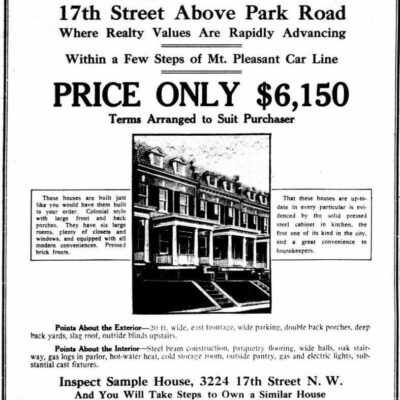

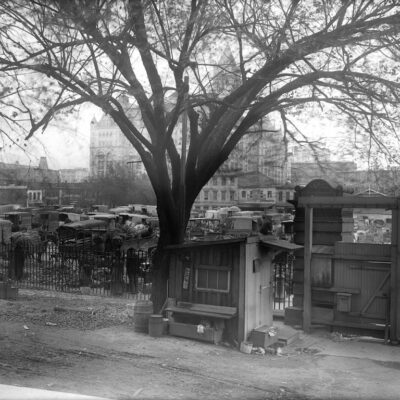
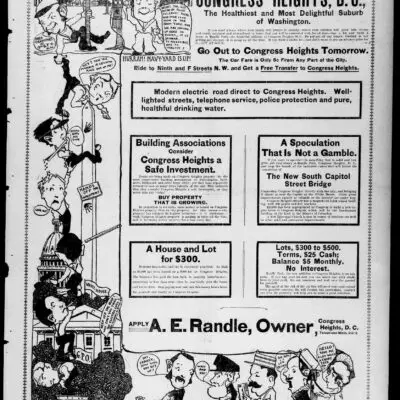
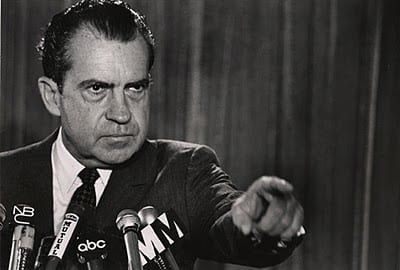
![Photograph shows a group of motorcycle policemen, from left to right: "Sergt. J.E. Boyle, L.F. Reilly, W.D. Vaughn, F.S. Tyser, L.D. Redman, D.E. Gailmore, G.P. Waite, R.H. Mansfield, G.M. Little, A. Shockey, W.C. Lewis, [and] Capt. J.A. Abbott" with view of the U.S. Capitol in the background.](https://ghostsofdc.org/wp-content/uploads/sites/7/2013/04/00154u-400x400.jpg)
